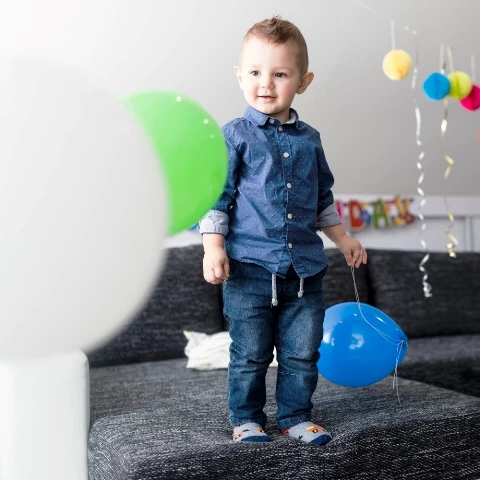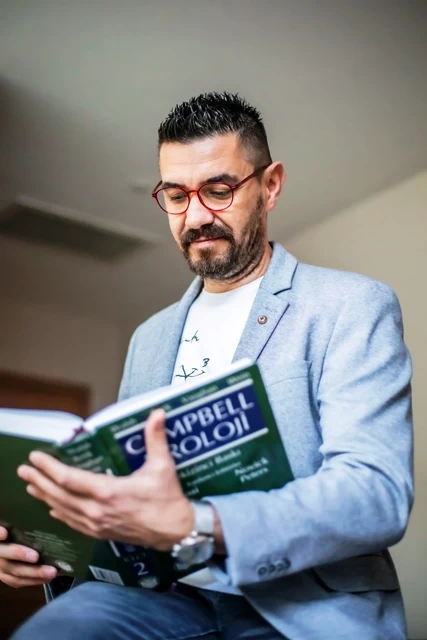
About Circumcision...
- About Circumcision...
- At What Age is Circumcision Recommended?
- Stages of the Circumcision Procedure
- Pre-Circumcision
- During Circumcision
- Post-Circumcision
Circumcision is a practice that holds significant importance in many cultures and religious traditions. The circumcision of children is usually a decision based on the cultural or religious beliefs of their families. Circumcision involves the surgical removal of the foreskin from the tip of the male child's penis. In this article, I will share the information you need to consider before, during, and after circumcision.
At What Age is Circumcision Recommended?
The recommended age range for circumcision depends on various factors and can vary culturally, religiously, and medically. Here are some generally accepted approaches:
- Newborn Period: In some societies and cultures, circumcision is performed within the first few days or months of a baby's life. Circumcising at an early age aims to perform the procedure before the baby forms memories and to facilitate a faster and easier healing process.
- Childhood: In many countries, circumcision is performed between the ages of 0-2 to 6-10. During this period, children are expected to respond better to anesthesia and have a better understanding of the procedure. Additionally, it is believed that circumcision at this age will have less impact on their social and school lives.
- Adolescence: In some societies, circumcision can be performed during adolescence. Adolescence is a period when a child undergoes physical and hormonal changes. Circumcising during this period allows the adolescent to take a more active role and be involved in the decision-making process.
When deciding at what age circumcision should be performed, it is important to consider the child's age, health condition, family preferences, and cultural/religious factors. It is important for parents to consult with a doctor to determine the most suitable timing for the child's health and comfort. Your doctor will assess your child's condition and provide guidance on the most appropriate age range.

Stages of the Circumcision Procedure
Pre-Circumcision
Before circumcision, it is important to inform the child and the family about the process. Here are some points to consider before circumcision:
- Seek Information: Seek assistance from your doctor or urologist to learn more about circumcision. It is important to understand why circumcision is performed, how the procedure is carried out, and potential risks.
- Decision-making Process: Circumcision is usually performed when the child is young. When deciding when to circumcise, parents should consult with their doctors. Determining the most suitable timing based on the child's age, health condition, and other factors is important.
- Preparation Process: Some steps can be taken to prepare your child before circumcision. For example, it is important to inform your child about circumcision and reassure them about what will happen during the procedure. Additionally, dressing your child in comfortable clothes and creating a comfortable environment can help them feel at ease.
During Circumcision
During circumcision, the doctor or surgeon performing the procedure will take necessary steps to ensure the safety and comfort of your child. Here are some points to consider during circumcision:
- Anesthesia: Circumcision can be performed under local anesthesia, which numbs the penis area of the child. However, the most commonly accepted method is general anesthesia. Your doctor will guide you on the type and usage of anesthesia.
- Procedure: Circumcision is usually completed within a short period of time. The doctor will cut and remove the foreskin from the tip of your child's penis. Stitches are typically used with absorbable material and will generally fall off on their own.
- Healing Period: After the procedure, it is important to take precautions to allow your child's penis area to heal and reduce the risk of infection. Your doctor will provide you with post-operative care instructions. The healing period usually takes a few weeks.
Post-Circumcision
After circumcision, it is important to monitor your child's healing process and seek medical attention when necessary. Here are some points to consider after circumcision:
- Healing Period: During the healing period, it is important to keep your child's penis area clean and dry. Dressing your child in loose and comfortable clothes and limiting contact with the wound area can be beneficial for their comfort.
- Infection Signs: There is a risk of infection after circumcision. If you notice signs of infection such as fever, redness, swelling, excessive pain, or foul odor in your child, you should immediately consult your doctor.
- Doctor Check-ups: Regular post-circumcision check-ups are important. Your doctor will monitor your child's healing process and intervene when necessary.
In conclusion, circumcision is an important process for children, and it is crucial for families to have accurate information and make necessary preparations. Your doctor will provide you with the most accurate guidance and help you take the necessary steps for your child's health and comfort."






